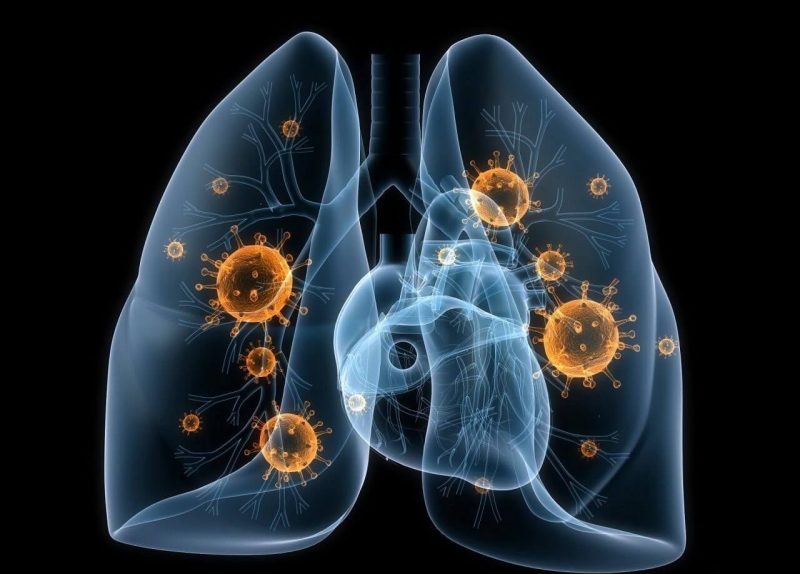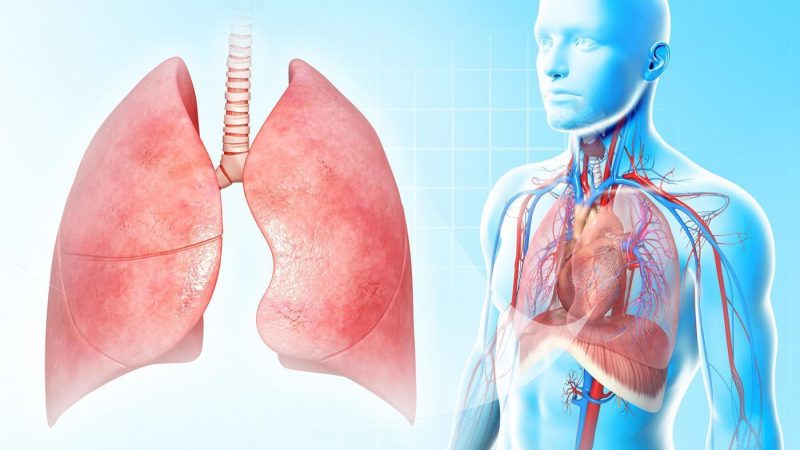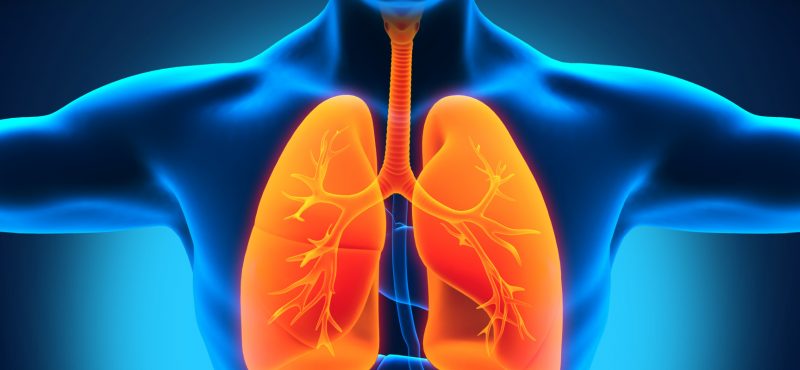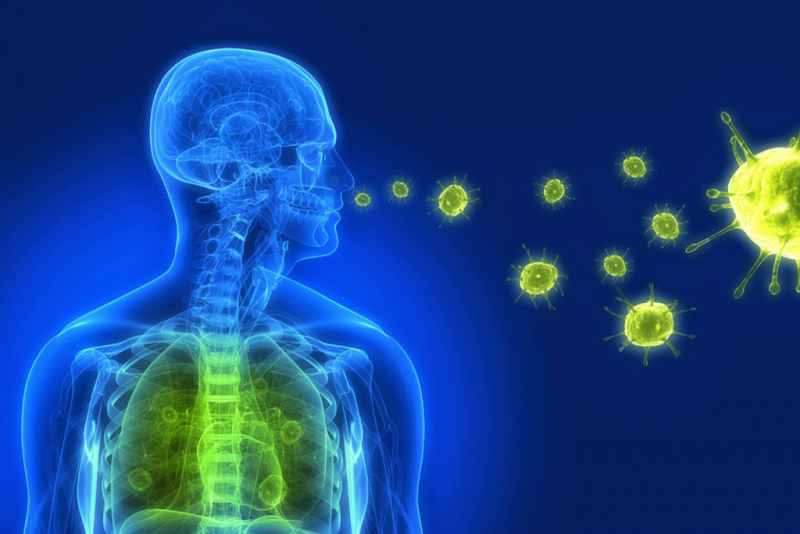Every year, approximately 450 million people of all ages fall ill with pneumonia: a combination of circumstances allows microscopic enemies of different types to successfully and aggressively attack the body. Naturally, both patients and their environment are concerned with the question, is pneumonia contagious or not?
Material Content:
Is pneumonia contagious to others?
A person choking on a cough will surely cause others to apprehend the disease, because a cough can be caused by any infection. What if it’s a dangerous illness - pneumonia?
If you go to the doctors, they unanimously confirm that pneumonia is not contagious when the disease appeared against the background of residual effects of infectious sores such as acute respiratory viral infection. I.e, secondary pneumonia - common or bacterial - not transmitted. The most that threatens others is to catch a cold or the flu. Whether the lungs become inflamed as a result depends on the health of the victim and how he resists microorganisms.
But it is worth worrying if you are in contact with a person whose pneumonia is caused by:
- anaerobic bacteria;
- tuberculosis
- chlamydia
- streptococci or staphylococci;
- Escherichia coli;
- herpes;
- mycoplasma;
- legionella;
- Klebsiella;
- chronic pneumonia.
Naturally, nobody, even an experienced doctor can determine lung inflammation “by eye”, let alone name its causative agent: for an unmistakable diagnosis, it will be necessary to study materials in the laboratory.And already from them it is necessary to make a start, deciding how to communicate with the patient correctly.
Disease classification
Pneumonia is a disease that has been studied quite well. Since the circumstances of starting the pathological process and the course of the disease are different, they established a classification of the types of pneumonia. This allows not only to choose the right treatment regimen for a specific case of pneumonia, but also to predict with sufficient accuracy how and how long the healing process will last, to develop effective preventive measures.
By localization
Depending on what part of the lungs is affected by inflammation, pneumonia happens:
- segmental. Often affects children, covers several sections of one lung;
- total. With it, the entire lung suffers, or both are completely inflamed at once;
- focal. In this case, the infection "drowns" in a limited area of the lung tissue, is treated for a long time, and is characterized by relapses;
- partial. This is usually the lot of adults. This is an infectious-allergic subspecies in which inflammation can "devour" and pleura;
- one-sided. Settles in the right or left lung, often a small area is affected;
- bilateral. It sits simultaneously in both lungs, capturing the entire structure of the respiratory organs. It flows heavier one-sided;
- drain. One of the most severe cases, with large areas of damage, when multiple inflamed foci are nearby, but do not merge completely. Each of them goes through the entire "ladder" of the development of inflammation, independently of the others.
By type of pathogen
There is another classification, starting from the "provocateur" of pneumonia. The agent that caused the pathology will also determine how the doctor constructs the treatment for the patient.
- Viral pneumonia. One of the most common options. Often acts as a complication of the flu or acute respiratory tract. The difficulty is that it is not easy to find out the nature of the virus. Therefore, they are combating it with complex antiviral medicines that can eliminate many types of such microbes. Antibiotics are powerless here.
- Bacterial pneumonia. Also a very common subspecies. Today she is very successfully treated with antibiotics. The main thing is to accurately determine the nature of the species, find its weak point and choose an effective drug against it, to which these microorganisms are sensitive.
- Mycoplasma pneumonia. Very often, children and youth are exposed to it. An ailment appears due to the ingress of mycoplasma into the respiratory tract - an interesting form of life that cannot be attributed to either bacteria or viruses. It is tiny even compared to its counterparts from the world of microorganisms, and even consists of cells that do not have walls. Therefore, antibiotics, whose function is to disrupt the synthesis of the cell wall of uninvited guests, do not act on it. This kind of pneumonia is treated for a very long time. A positive point - the disease proceeds quite easily.
- Fungal pneumonia, or pneumomycosis. Various micro-fungi cause it. Most often it is Candida albicans. Less commonly, Histoplasma, Coccidioides, Actinomyces, Aspergillus, Trichomycetes, Blastomices. Characteristic in that the picture of the disease is blurred, and you can not understand for a long time why a person is sick and that he is generally unwell. Correctly determining what is happening will only happen after a comprehensive examination of the patient.
How is pneumonia transmitted?
It has already been said that the so-called secondary pneumonia (a consequence of influenza and SARS) is not a contagious disease and is not transmitted by airborne droplets. In this case, how can pathogens enter the respiratory system? Firstly, when the fluid from the oropharynx is in the lungs (the most common way for people with strong immune defenses). Secondly, if the inflamed foci are still outside the lungs, and the pathogens are already breeding in the blood. Thirdly, the infection is able to get into the lungs from the affected "neighbors".
The development of events when any pneumonia is taken over is excluded:
- sexual
- food;
- by water.
However, it is presumptuous to speak of complete safety for those around. Since, as mentioned above, the flu or respiratory illnesses that started it all is very real to pick up.
Incubation period
From the foregoing, it is already clear that various pathogens cause pneumonia. It directly depends on their type when the first signs of the disease appear.
- Hospital inflammation appears after two days after hospitalization. The culprits are streptococci and staphylococci, from which it is impossible to completely rid the hospital. A patient weakened by another ailment is a tidbit for them. Pneumonia flows heavily - with fever, a debilitating cough, chest pain and lack of air.
- Atypical pneumonia makes itself felt in two or three days, but at first it does not cause any concern: dry cough, weakness, rapid fatigue are so similar to signs of a common cold! Such a dangerous condition can last for weeks.
- Caseous form, characterized by extreme sharpness and speed. Most often creeps out against the background of tuberculosis, but it also happens in people who do not suffer from it. A day or less - and already a fever, pain, shortness of breath, death of lung tissue.
- Bronchial pneumonia is able to not make itself felt from three days to a whole week. It can be misleading by “disguising” the symptoms as bronchitis.
Risk groups
Inflammation of the lungs does not disdain victims of any age, social status, profession.
But still there are categories, especially her favorite:
- small children and elderly people. In the former, immunity has not yet gained full strength; in the latter, it has already lost it;
- diabetes mellitus, other chronic pathologies due to which the body is already weakened;
- pregnant women;
- those whose profession is associated with constant communication with a large number of people.
For all of the above, prevention is important. The fact that the disease is easier to prevent than to cure is a banal statement, but one hundred percent true.
The following measures will be saved from pneumonia:
- healthy eating;
- vaccinations;
- avoid communication with patients;
- elimination of physical and mental stress and exhaustion;
- clothes and shoes according to season and weather;
- healthy physical activity and plenty of fresh air;
- immediate disposal of colds that can turn into pneumonia;
- airing of premises;
- personal hygiene.
Untreated complications
With pneumonia, jokes are bad. If left untreated, the risk of a host of problems from probability turns into inevitability.
- Inflammation in the tissues of the lungs can develop into suppuration, and then the situation will deteriorate immeasurably.
- Suffering lungs will not be able to perform their functions at the proper level - to supply the body with oxygen. This means that all systems and organs will undergo oxygen starvation. First of all, it will affect the heart and brain.
- An abscess or gangrene of the lung may develop as a complication.
- There is a risk of pulmonary edema and persistent respiratory failure.
- The appearance of heart failure is possible.
- Intoxication psychosis may appear.
- Kidneys will be affected.
- Meningitis or meningoencephalitis can start.
The creepy list goes on, and mention the worst outcome - death from complications of pneumonia.
Are you scared? It's good. Do not allow this, take care of yourself and loved ones.



















